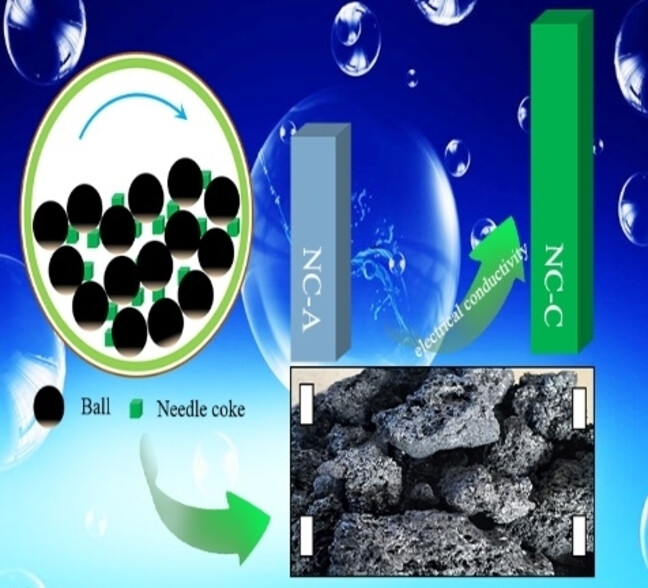【Needle Coke Knowledge】Petroleum-based, Coal-based, Raw Coke, Calcined Coke...

【Needle Coke Knowledge】Petroleum-based, Coal-based, Raw Coke, Calcined Coke...
Needle coke is a type of carbon material with a fibrous or needle-like texture and is a high-quality raw material used in the production of ultra-high-power electrodes, lithium-ion battery anode materials, and high-end carbon products. There are primarily two types of needle coke: Petroleum-based needle coke and coal-based needle coke. According to statistics, in 2022, the total production of coal-based and Petroleum-based needle coke in China was around 1.44 million tons, and it is estimated to be around 1 million tons in 2023.
Petroleum-based needle coke is produced from heavy fraction oils such as petroleum residue oil and clarified oil from catalytic cracking through processes like delayed coking and calcination. Petroleum-based needle coke is characterized by low apparent density, low strength, low coefficient of thermal expansion, and low electrical resistivity. It is suitable for producing high-power and ultra-high-power graphite electrodes as well as negative electrode materials for lithium-ion batteries. Major producers of Petroleum-based needle coke are countries like the United States, Japan, Germany, with domestic companies such as Shandong Jingyang, Shandong Yidai, and Jinzhou Petrochemical. According to statistics, in 2022, China produced around 1.08 million tons of Petroleum-based needle coke.

Coal-based needle coke is produced from coal tar pitch and its fractions through processes such as raw material pretreatment, delayed coking, and calcination. Coal-based needle coke is characterized by high apparent density, high strength, high coefficient of thermal expansion, and high electrical resistivity. It is suitable for producing medium to low-power graphite electrodes and negative electrode materials for lithium-ion batteries. Major producers of coal-based needle coke are countries like Japan and China, with domestic companies such as Baowu Carbon Materials, Baotailong, and Anshan Kaichan. According to statistics, in 2022, China produced around 0.35 million tons of coal-based needle coke.
Green coke and calcined coke are two different types of petroleum coke. Both are carbon materials produced from heavy fraction oils through delayed coking processes, but they have the following differences:
Green coke, also known as raw coke or common coke, is the direct product obtained from a coke oven. It contains a relatively high amount of volatile matter (about 8% to 15%), low strength (about 1.5 MPa), high electrical resistivity (about 1.5 Ω·m), large volume (about 1.3 m³/t), and high apparent density (about 1.6 g/cm³). Green coke is mainly used in the production of lithium-ion battery anode materials due to its high carbon content, low ash content, low metallic impurities, which can enhance the capacity, cycle performance, and safety of lithium-ion batteries.
Calcined coke, on the other hand, is green coke that has undergone high-temperature calcination (around 1300°C). It contains a lower amount of volatile matter (about 0.5% to 1%), higher strength (about 6 MPa), lower electrical resistivity (about 0.5 Ω·m), smaller volume (about 0.8 m³/t), and lower apparent density (about 1.4 g/cm³). Calcined coke is primarily used in the manufacture of graphite electrodes for electric arc steelmaking furnaces because of its low coefficient of thermal expansion, low porosity, high conductivity, and other characteristics, which can improve the electrode's service life and energy efficiency. For more technical guidance on the needle coke industry, feel free to contact us at any time.
No related results found








0 Replies